Green beans are gorgeous, bright beauties full of crunch, antioxidant-rich and make an excellent addition to your salads. Dive into our comprehensive guide on all things bean!
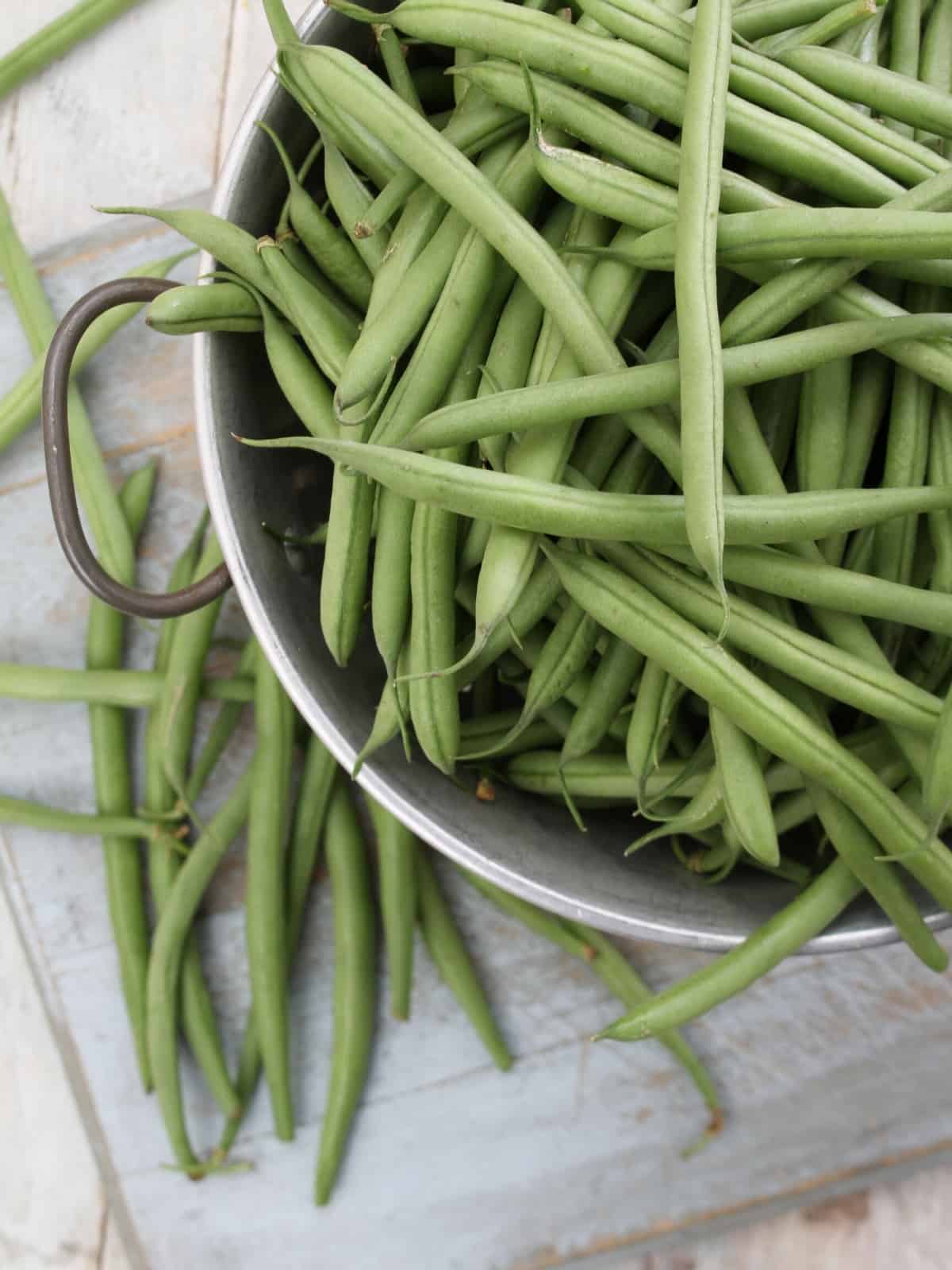
Green Bean History
Archaeological evidence from Egyptian royal tombs shows that beans were cultivated and used in ancient times. Christopher Columbus introduced other varieties of beans to Europe from the Americas. Seeds from the French or green bean were brought out to Australia on the First Fleet and planted on Norfolk Island.
When Are Green Beans In Season?
Green beans are at their prime during the late spring, summer, and early fall months.
Nutritional Information
Fresh beans are rich in vitamins (including vitamins A, B and C and folate) and minerals such as magnesium and iron that are required for the production of red blood cells.

Understanding the Difference Between Over-Ripe and Over-Mature Beans
- Overripe beans have been sitting too long and have begun to grow a bit soft. Best used in soups, stews and casseroles.
- Over-mature beans have grown too long on the plant and may be too large or stiff. Best shelled and cooked without the pod either on their own or mixed with other ripe beans.
Types of Round Beans
1. Green or Round or Snap or French Beans
Are a good versatile bean that are eaten with their enclosing pods. Most varieties of green beans today no longer have a fibrous "string" running down their sides, that inconvenience has been bred out of them.
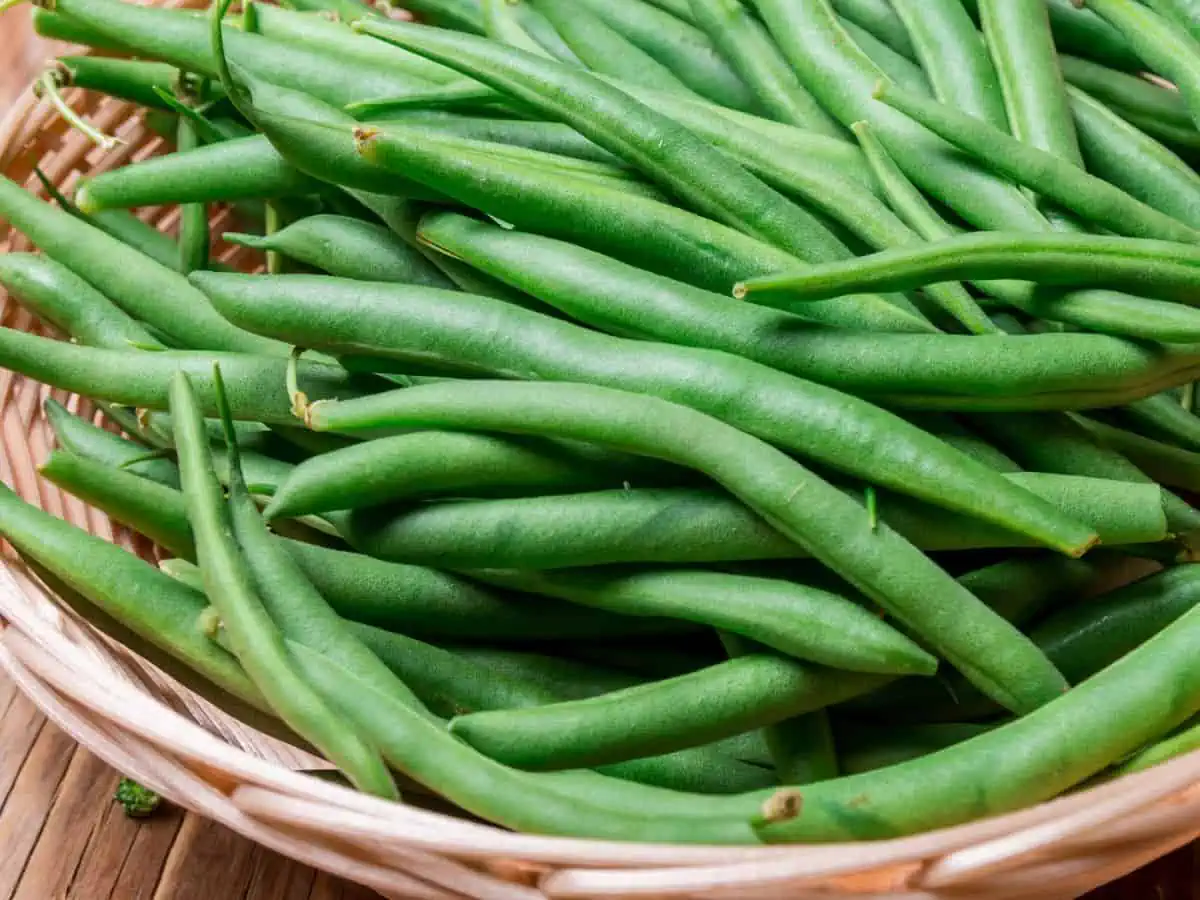
2. Yellow or Butter or Wax Beans
Are a light yellow colour version of green beans. They should be used quickly as they spoil faster. Ideally harvested young, are crisp, succulent and tender firm, with mellow grassy sweet and nutty flavours.

3. Purple Beans
Are just a purple version of classic green beans and choose them in the same as green beans.
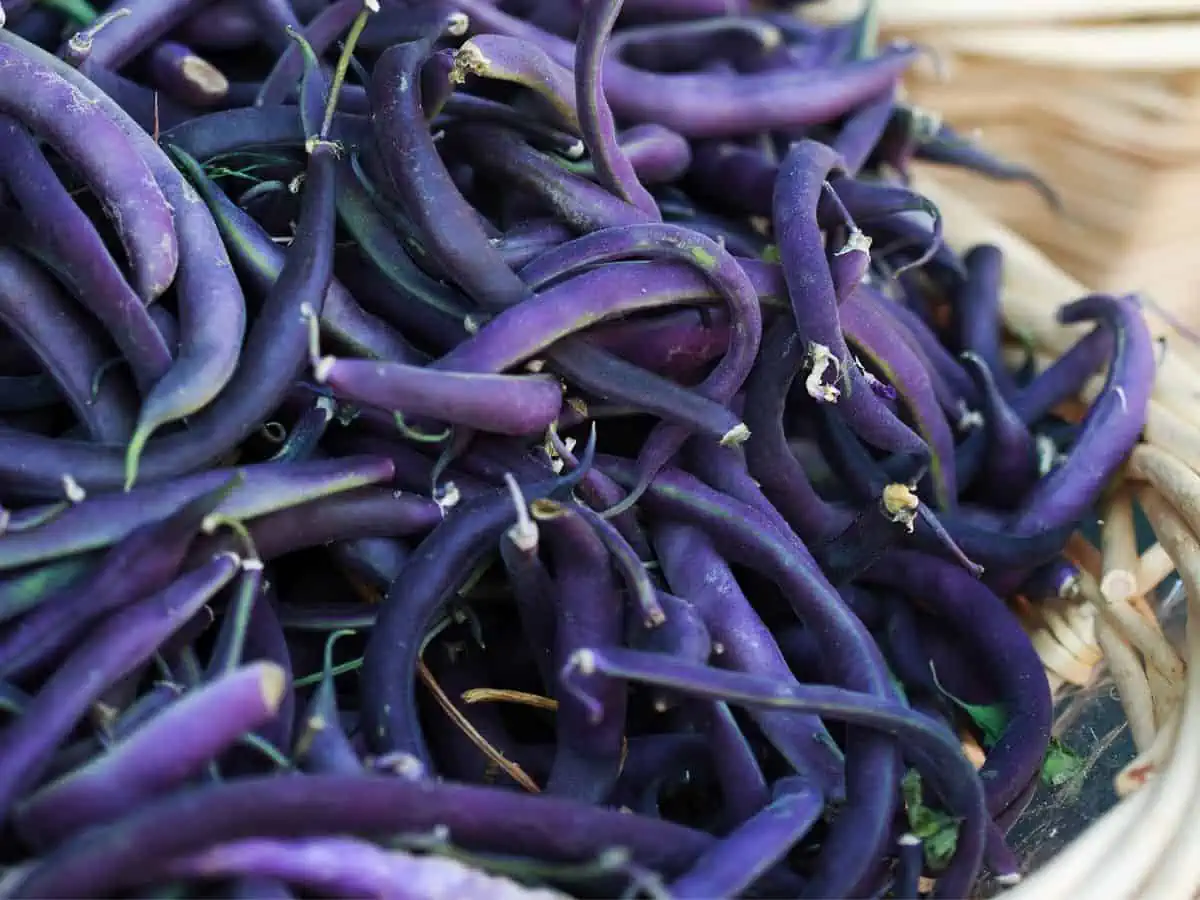
How To Choose Your Beans
- They should have some snap when bent in half and should not be shrivelled or rubbery.
- Avoid dark spots and blemishes and beans that are unusually large or thick as this is a sign of over-mature beans.
- They should “snap” when you break them.
How To Store Your Beans
- Store green beans in a paper bag in the crisper section of your fridge.
- They should be eaten as soon as possible as they lose sweetness and moisture after being picked.

How to Prepare Beans
For detailed bean prep instructions pop over to our how-to-trim bean post.
- To trim them - line them up evenly and cut off the stem ends. If you would like to string your beans snap from one end and pull down (you may use a paring knife to do this)
- To blanch beans – do so quickly in plenty of rapidly boiling, heavily salted water. Transfer them to an ice bath after they've turned bright green (about 5-6 minutes), pat them dry.
- To prepare French beans – slice both ends off in a diagonal, then slice each bean in half lengthwise.
- Purple Beans lose their purple colour when cooked, so consider them for raw recipes or lightly steam them and dip them into ice water to preserve their colour.
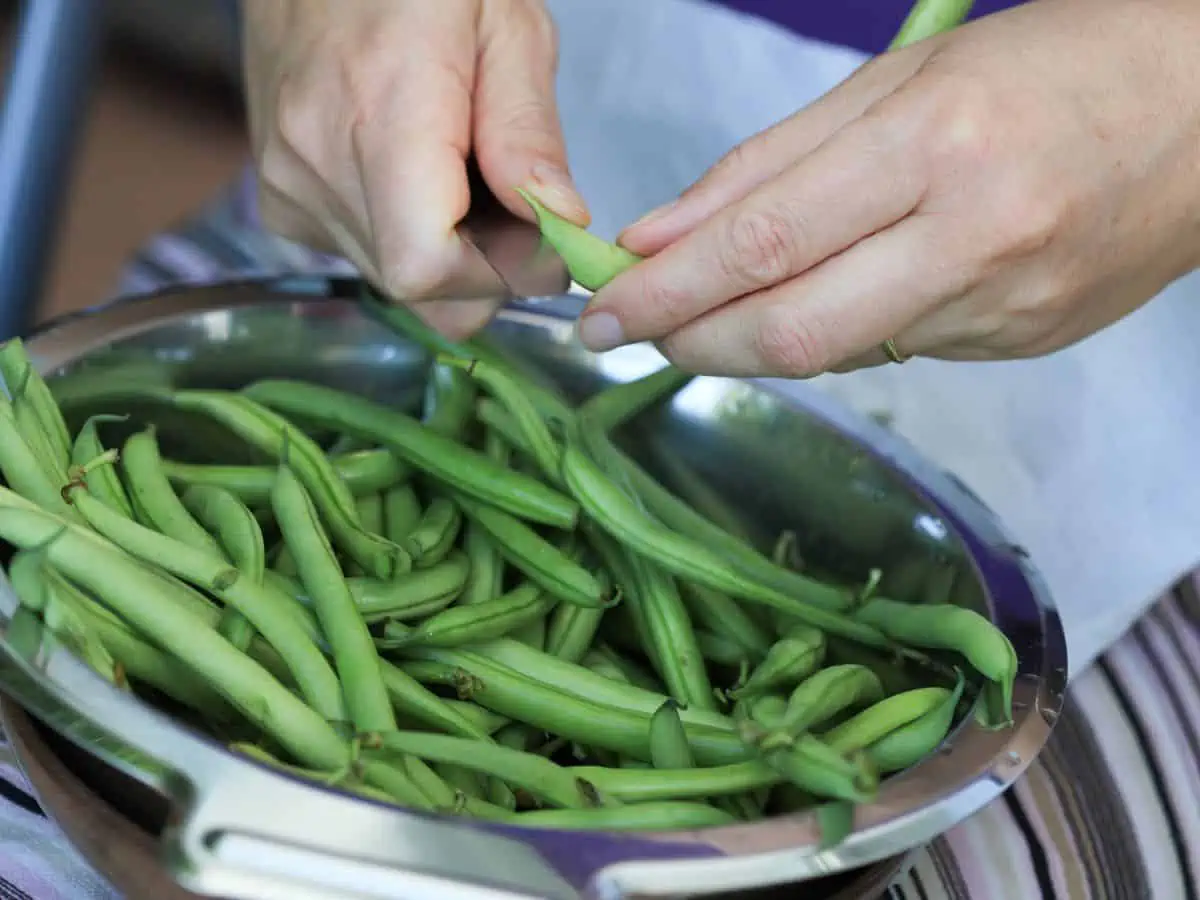

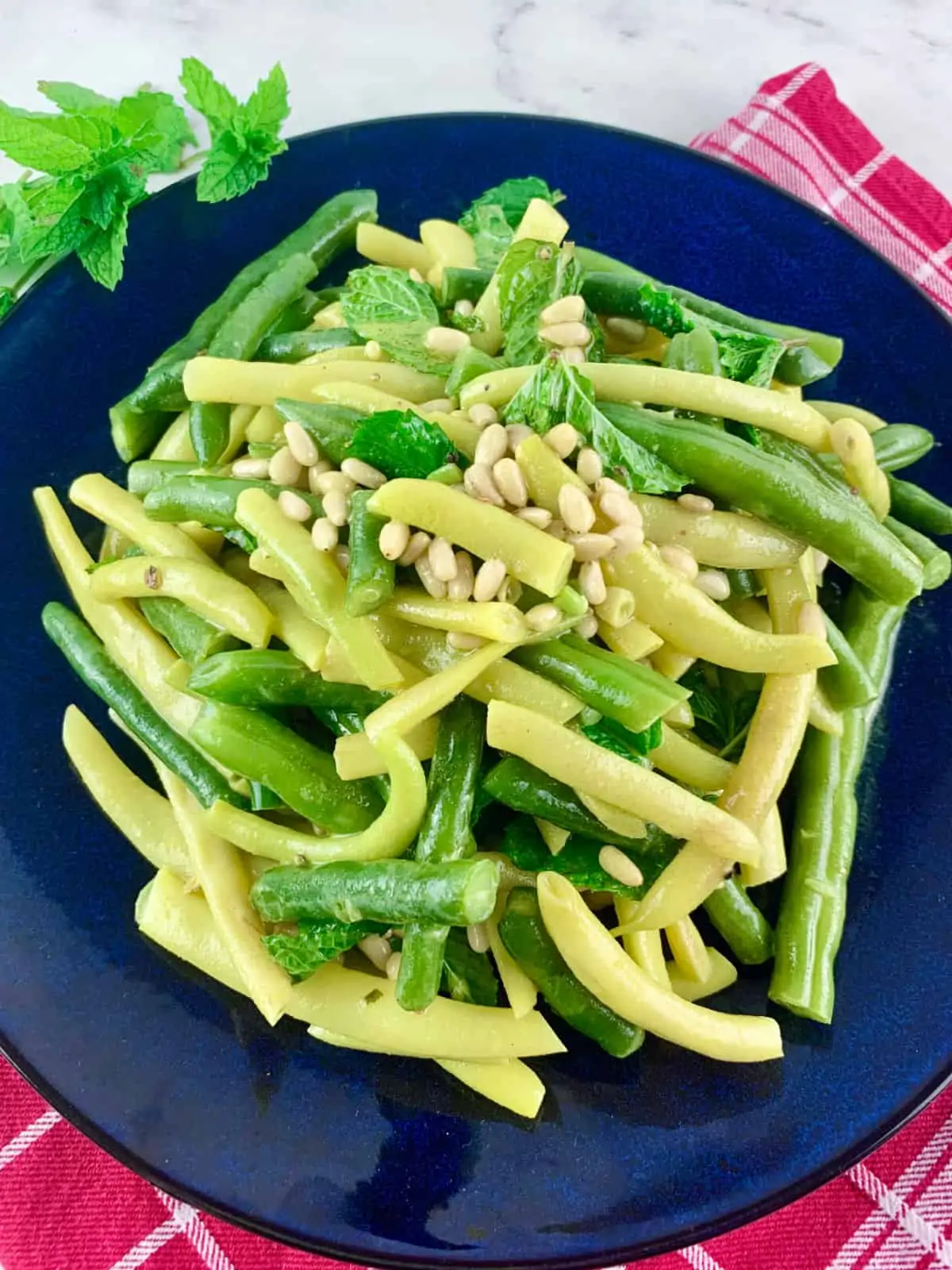
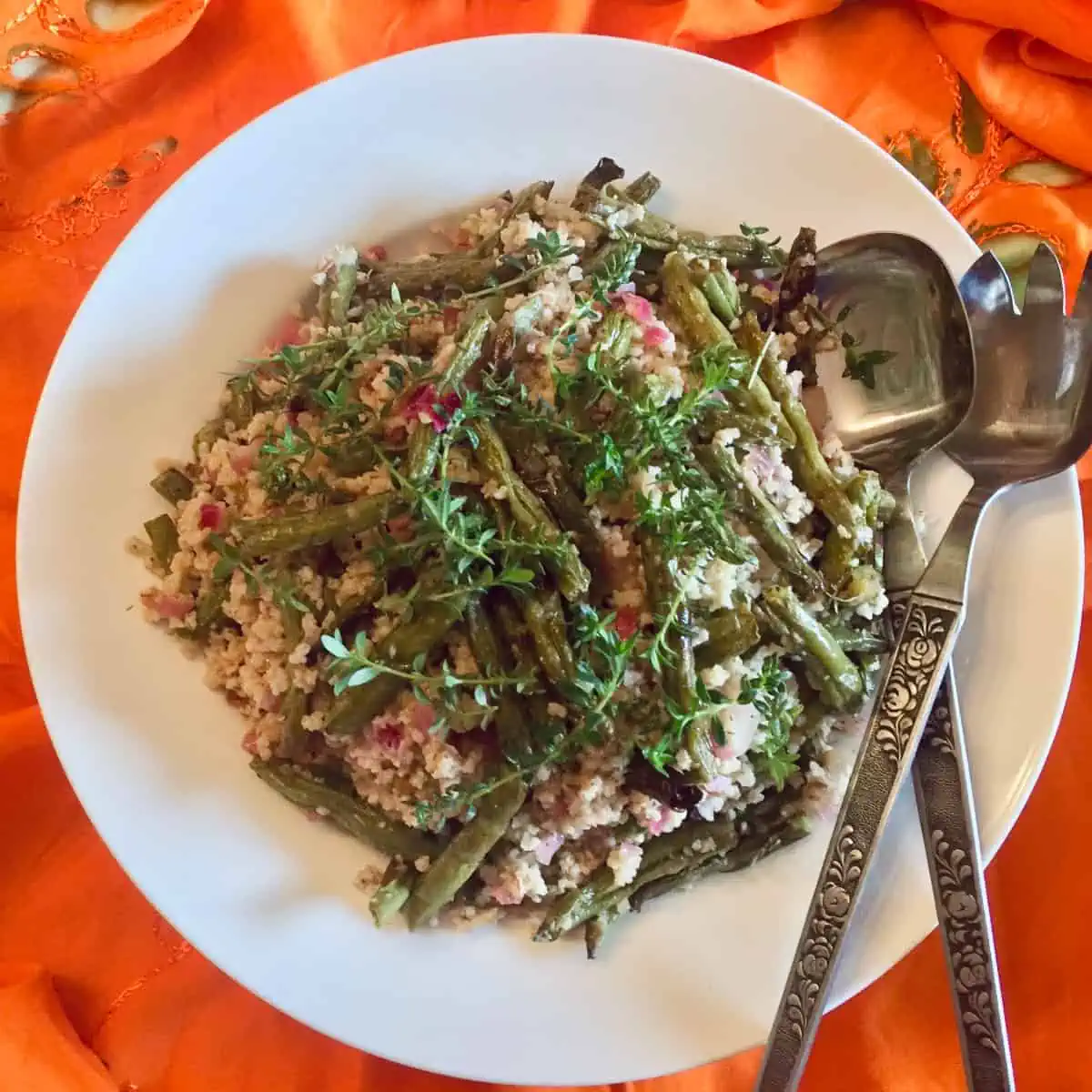
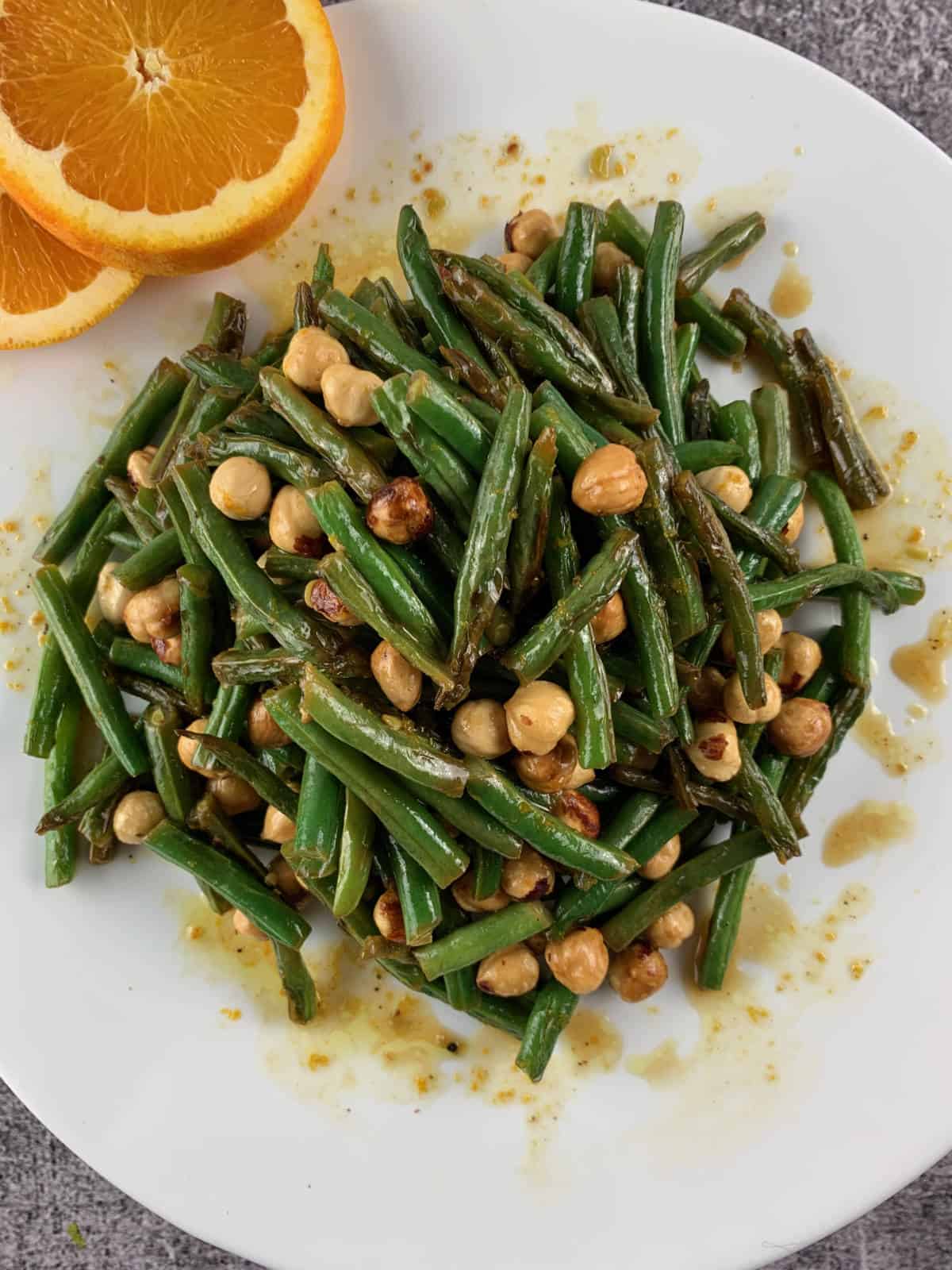
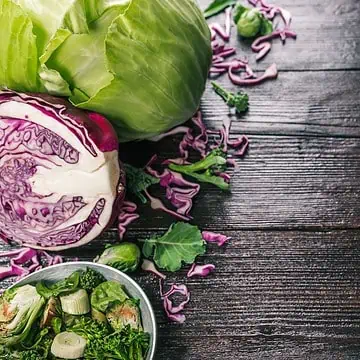
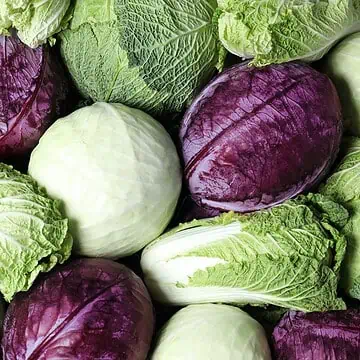
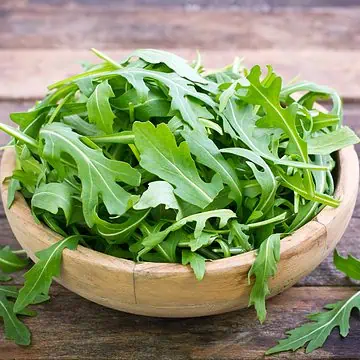
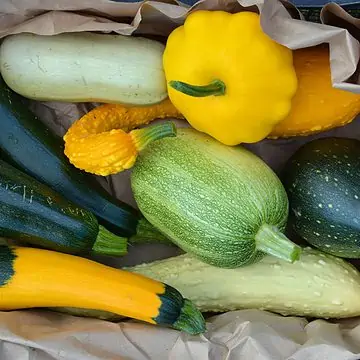
Leave a Reply